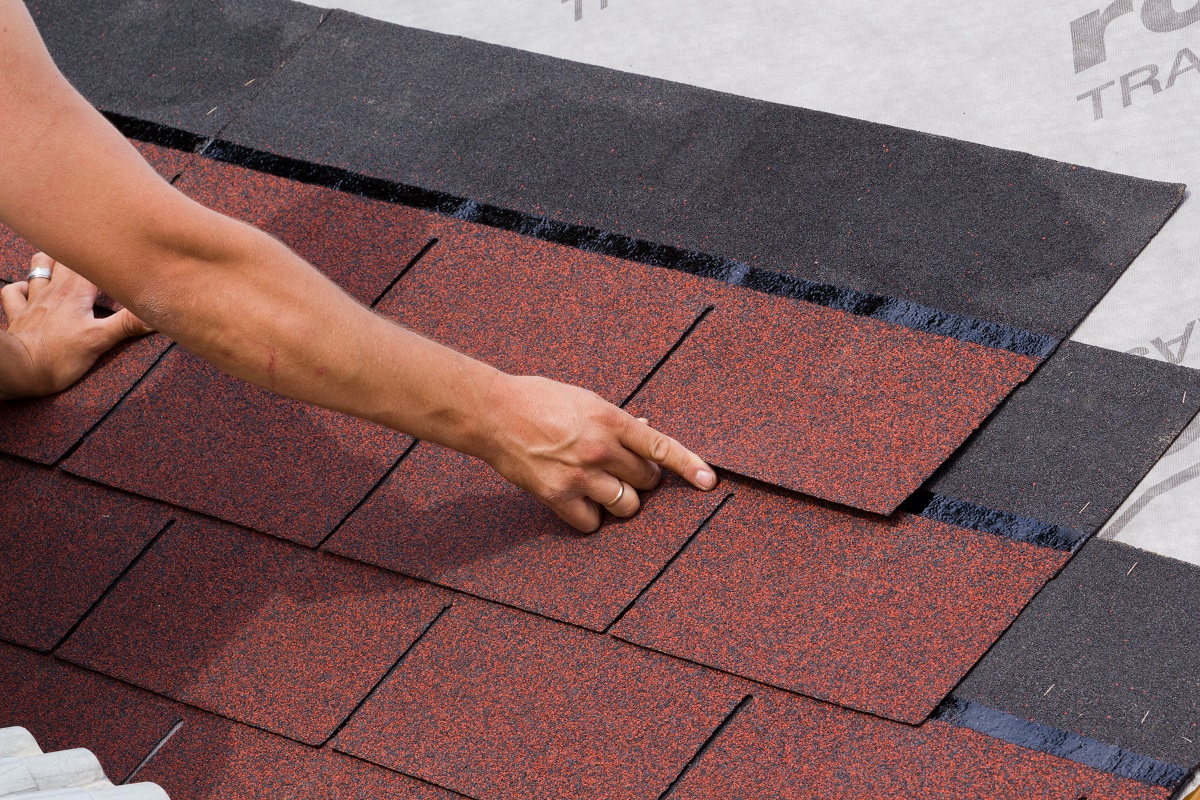What’s the first thing that comes to mind when people think of the winter season? Well, most would say that it’s the fun holidays where most families can enjoy the comfort of their own home. Some would say it’s fun outdoor activities. But for a lot of roofers, the winter season can open up a whole can of worms when it comes to construction projects. ;
The plummet in temperature and sudden changes in weather conditions can cause widespread structural damage. Most homeowners might see noticeable issues when it comes to the current roofing system.
A few missing shingles and leaks won’t hurt, right? While these damages might be relatively minor, they can accumulate over time. Not only will these damages chip away at the integrity of your home, but this will also lower the expected life cycle of your roofs.
Why Change a Roof During Winter?
If weather conditions during winter aren’t conducive to roofing and construction, why not wait for warmer seasons to come? If you’re going to wait for summer and spring to come right before you’re going to replace your roof, there’s a good chance that it’s going to cause even more damage to your home. Winter will usually span a few months, can you imagine the damages your home will incur in three months?
Luckily, it is possible to replace roofs during the winter season. But even though it’s possible, it can still be a tricky process. Not only will you need professionals working on your roof, but you’ll also need the proper safety equipment. Proper safety measures and techniques are crucial in ensuring that the personnel working on your roof won’t have to worry about slippery roofing conditions and potential hazards.
Sealing Your Roof

As you might have known by now, water damage in the form of leaks and moisture is often the main concern for all types of roofers. If you’re looking for ways of keeping melted water and moisture at bay while roofers are installing or replacing your roof, you might want to look for a contractor that can help establish an insulation underlayment. This is an effective way of preventing water from seeping towards cracks or penetrating moisture, which might cause wood rotting and molds. Fortunately, some general contractors are well-versed with the insulation process, especially in the spray foam material.
Besides keeping your roofing system’s temperature “warm,” it’s still also important to use proper techniques in sealing leaks and cracks on shingles. While some shingles are designed to be resistant to impacts and cracks, some can still crack from fluctuating temperatures.
In most cases, roofs are sealed with sealants that are activated through heat. But during the winter season, the low temperatures mean that this can take weeks before the sealants can “activate.” Most professional contractors might have to manually hand-seal the shingles with roofing cement and other types of adhesives. This can be a time-consuming process since each shingle will need to be sealed up with at least one or two dabs of roofing cement.
For homes that are situated close to areas with strong winds, it’s important to remember which side of your home is more susceptible to the direction of horizontally-propelled winds. You might want to consider adding a bit more sealants on these areas since the wind can blow off unprotected shingles.
The bottom line? You don’t necessarily need to have your roof done in the middle of winter since this can be fixed and replaced during much warmer seasons. That way, you won’t have to worry about water seeping into cracks, and roofers won’t have to worry too much about potential physical hazards. Although it is possible to work on roof installations during winter, it’s not recommended.



















